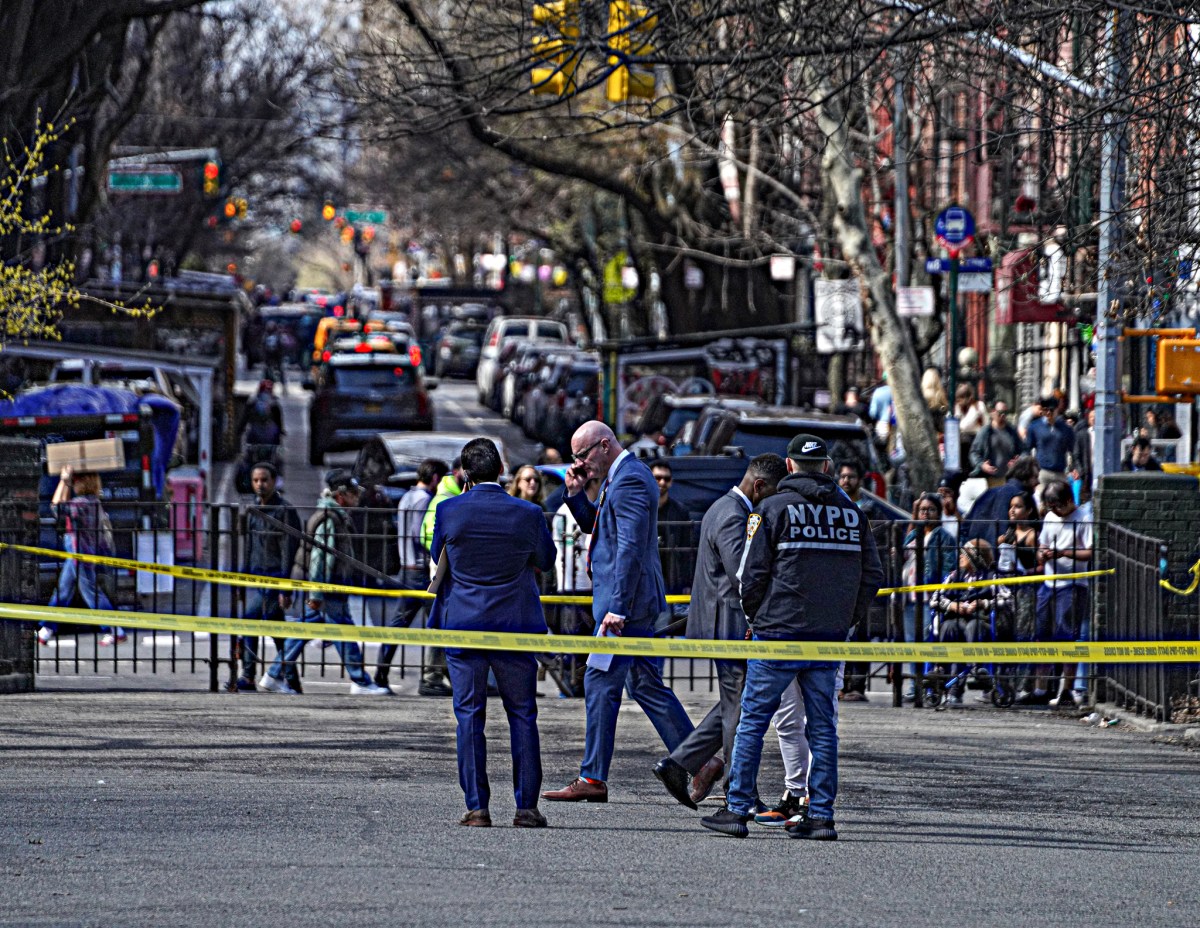 Donohue’s Steak House has been serving it up the same way since 1950. Credit: Jazz Guy, Glickr
Donohue’s Steak House has been serving it up the same way since 1950. Credit: Jazz Guy, Glickr
There’s a place on Lexington Avenue, around 64th Street, that hasn’t changed a bit since it opened in 1950. Donohue’s Steak House still decorates its dining room with high, dark booths and red tablecloths, crackled paintings of tumultuous seas on wood-paneled walls, and a chalkboard loaded with specials from the Eisenhower era: Broiled Boston Scrod, Yankee Pot Roast, Meatloaf.
But it’s the people who really take you back to an older New York, before restaurant chatter was about nothing but money, work, and the latest technological toy—before people became so boring.
At lunchtime, around the bar at Donohue’s, you’ll find the real New Yorkers. The scientist sipping a Manhattan knows everything about everything. The older lady quaffing white wine sounds exactly like Maureen O’Sullivan, with a slight slur that makes her only more elegant. The bartender, with his German accent, referees the conversation with jokes.
In a discussion that bounces from George Orwell to life in India, a newspaper headline shifts the talk to Robin Williams. Comedians really are unhappy people, the group decides.
“It’s the old Pagliacci thing,” says the scientist. “The weeping clown. It’s the misery behind the laughter.”
Jerry Lewis? Miserable. Lenny Bruce? Wretched. Milton Berle? He might have been okay, but Lucille Ball was decidedly unpleasant. They move on to other celebrities with difficult personalities. “Hey,” says the bartender, readying a joke, “you know what Sinatra said when he introduced Mia Farrow to his mother? He said, ‘Mama, Mia.’ You see? Mama Mia!”
The lunchers groan and go on. “Joe DiMaggio,” says the scientist. “He was a chronic depressive. Everywhere he went, he felt alone.”
“I met Joe DiMaggio,” the lady interjects in her 1930s Hollywood accent.
“You met everybody,” says the bartender. “You must be 500 years old.”
“Not a day over 400,” she retorts. “When I met Joe DiMaggio I was young and busty, blonde and sexy, just like Marilyn Monroe. DiMaggio hit on me. We never had sex, but let’s say we knew each other for about six months. He didn’t like me, as a person. He liked my type.”
“That’s how it is with me and ballerinas,” says the scientist. “I like the look, but as soon as they open their mouths…”
The conversation shifts again, to poetry as the lady prepares to leave—after just “one last splash” of wine. “I have promises to keep,” she says, quoting Robert Frost, “and miles to go before I sleep.”
The scientist quotes back, “’Time present and time past.’ That’s T.S. Eliot.”
“Oh, I love Eliot,” the lady gushes. “But do you know who my absolute favorite poet is? Omar Khayyam.”
“Where’s he from?”
“Persia.”
“He’s from Queens,” jokes the bartender. “Everybody’s from Queens.”
The lady recites from The Rubaiyat, a few lines about love and the passage of time. And then it’s time for her to go. She kisses the bartender farewell across the bar and makes her exit. Then the scientist goes, “back to my test tubes.” Donohue’s subsides into quiet. It’s empty except for a lonely waitress idling in the dining room. The bartender wipes a rag across the polished wood, crosses his arms, and gazes out the window, waiting for the next cast of characters to take the stage.
Jeremiah Moss is the award-winning author of Jeremiah’s Vanishing New York (vanishingnewyork.blogspot.com). His writing on the city has appeared in many publications, including The New York Times, The Daily News, and online at The New Yorker and The Paris Review. He has been interviewed in major newspapers around the globe.




















